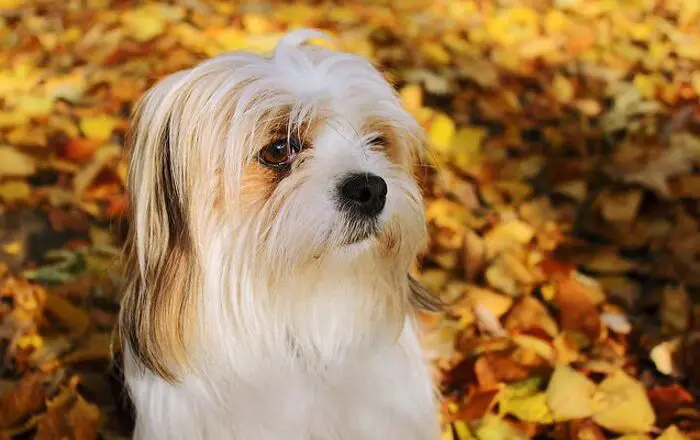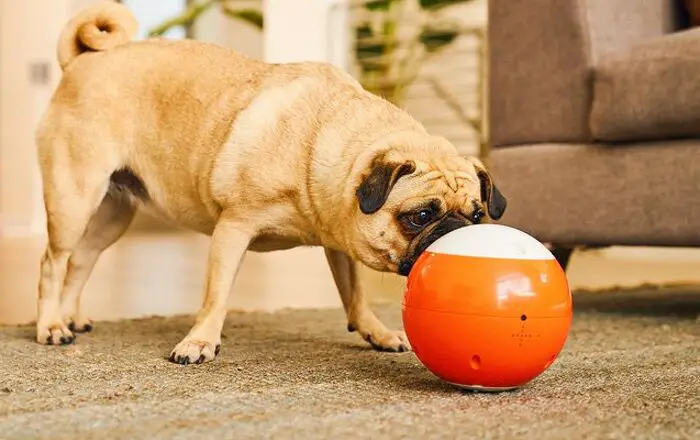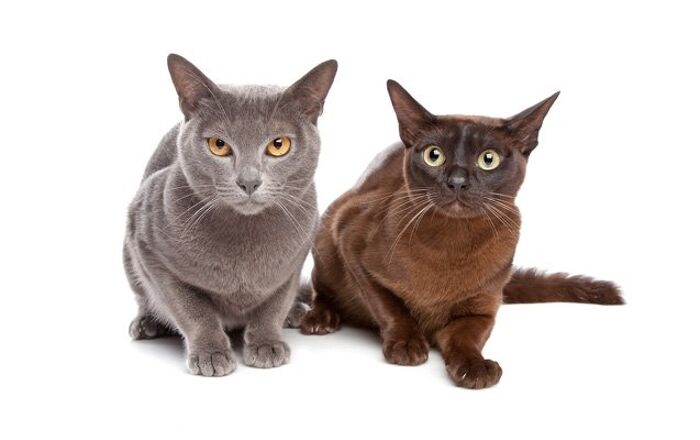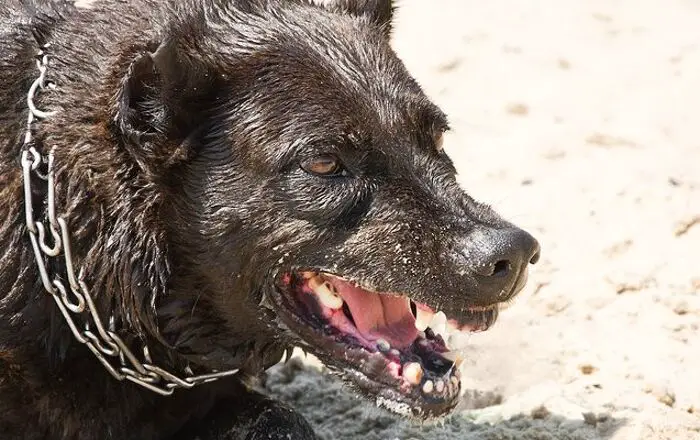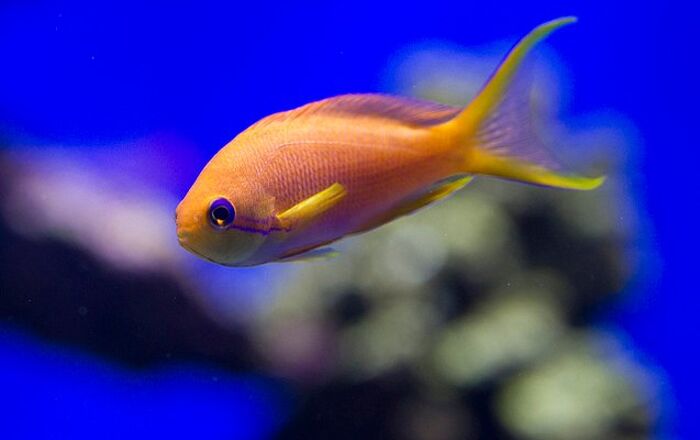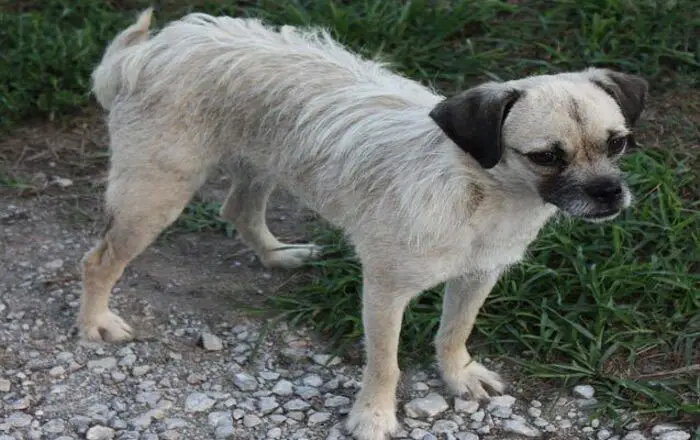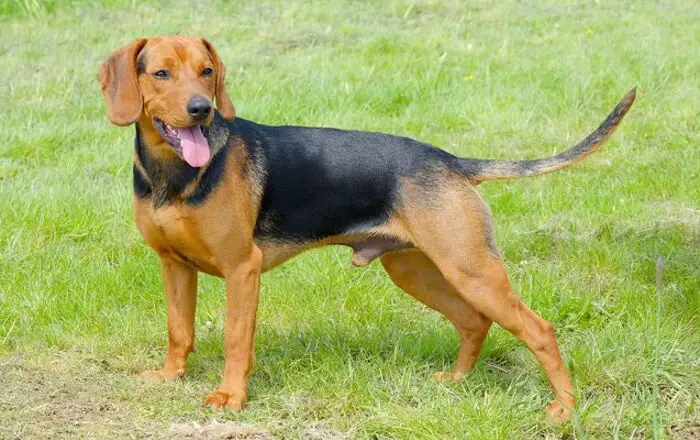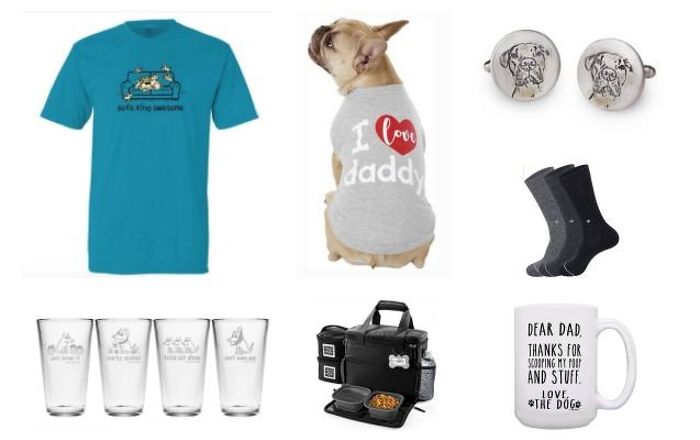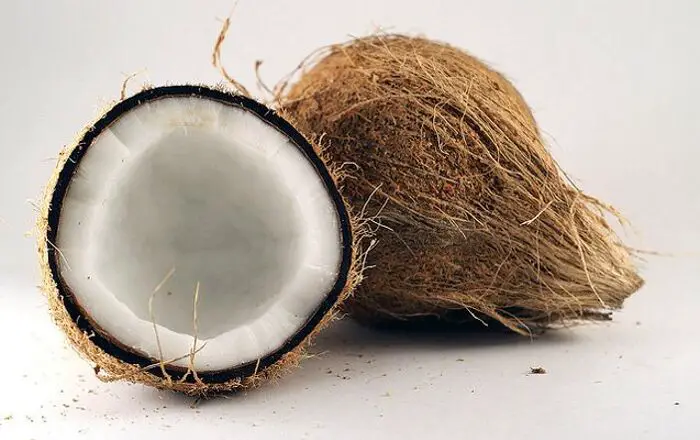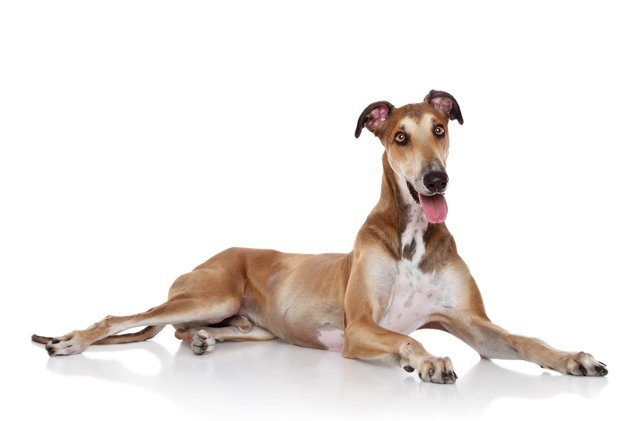
Greyhound Basics
And they’re off! The Greyhound is a blur of speed, athleticism and energy. Able to reach speeds of 40 to 45 miles per hour, you won’t want to play tag with this breed. One of the oldest dog breeds, the Greyhound is used for racing, lure coursing, and open field coursing… not to mention its great success as a household companion. Sensitive, eager to please, but somewhat timid, the Greyhound loves to cuddle on the couch and enjoys long walks. This dog sure does sound like the perfect companion!
Boasting the independent spirit of the hound, a Greyhound requires patient training, but is well worth the effort. It will fit into households with older children, active singles and will even enjoy the company of other dogs. Read on to find out more about this captivating breed.
Sensitive, eager to please, but somewhat timid, the Greyhound loves to cuddle on the couch.
Origin
The oldest and the fastest of all domestic dog breeds, the Greyhound was prized by both the Romans and the Greeks. Used as hunting companions, this breed would chase down large and small game, including deer, stag, rabbit, fox and boar.
Making its way into Europe, the Greyhound was a favorite in Great Britain, where in 1016, England passed a law forbidding commoners from hunting with Greyhounds. This meant that only royalty and nobility could legally own the breed. Some of the most famous Greyhound owners included Cleopatra, Queen Elizabeth I, and General Custer.
Pedigree
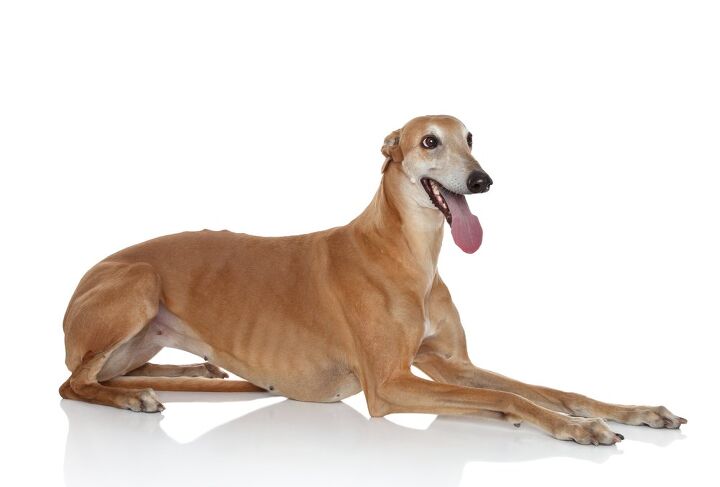
Food / Diet
Feed your Greyhound a high-quality kibble, but don’t leave food in its bowl all day. Because this breed is prone to bloat, split meals up into a few feedings a day and make sure that the food bowl is elevated. Greyhounds will eat everything and anything in its way, but with its delicate stomach, this causes diarrhea. It’s best not to feed your dog table scraps because of this issue.
You need to be gentle to get the best results from a Greyhound.
Training
This is a shy and timid breed, so you won’t get anywhere by yelling at this dog. You need to be gentle to get the best results from a Greyhound. A submissive breed by nature, the Greyhound is docile and won’t respond to negativity or harshness. In fact, it can cause psychological harm. Your best bet is to use a kind voice, lots of praise and plenty of treats to train your Greyhound. This is a smart breed, so expect your dog to pick up training fairly quickly. A wonderful dog for first-time dog owners, its naturally well-behaved demeanor will make training a breeze.
Housetraining, on the other hand, can go either way. Some pick it up right away, while others take months to learn the basics. Consistency and patience will be your biggest allies during this stage of development.
Weight
A Greyhound will stand about 27 to 30 inches and weigh anywhere between 60 to 70 pounds.
Temperament / Behavior
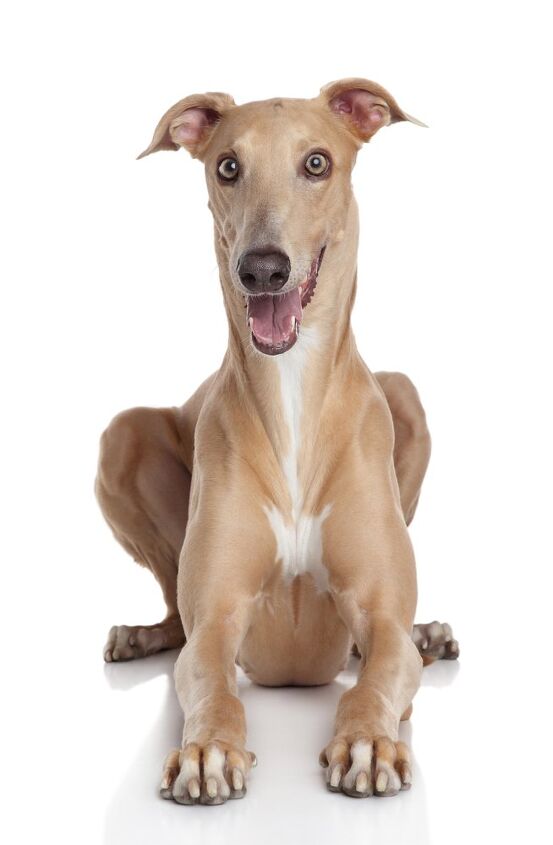
Quiet, well-mannered and independent, Greyhounds like to live in a calm household. Known to be a bit timid, this breed can be shy, but proper socialization will ensure that your dog is confident. Because this dog can be independent, it will have no issues leaving its comfort zone to chase after other animals, and it won’t come back on its own. Never let your Greyhound run leash free and keep it in a high fenced-in area that is always supervised.
As a hound dog, the Greyhound loves to chase. Cats and smaller dogs won’t get along with this breed. It can’t help it – its chasing instinct is strong. If you do take it to the dog park, try to keep it with medium- and large-sized dogs.
Common Health Problems
As a pure bred dog, the Greyhound does have a list of potential health concerns – but this does not mean your dog will suffer from any of them. This list includes Bloat (Gastric Dilatation and Volvulus), Osteosarcoma (bone cancer), arthritis, hypertension, supernumerary teeth, chronic Sesamoiditis, Ventral Comedone Syndrome and hip dysplasia.
Life Expectancy
The Greyhound has an average lifespan of 10 to 12 years.
Exercise Requirements
You don’t need to keep up with your Greyhound, especially when it comes to running. A yard will come in handy, so your dog can use the area to sprint (it’s not build for long endurance runs). A walk a day will do – once that part of the day is done, your dog will be content to curl up on the couch and go to sleep. This breed does well in urban environments and can even live comfortably in apartments if there is enough space to move around. Keep dogs on leash or in a well-fenced area, if your dog takes off, you won’t be able to catch it.
Agile and fast, take your Greyhound to the agility track. This is a wonderful opportunity for your dog to use its mind and speed. If you’re lucky enough to have lure training facilities, be sure you take your dog there for regular visits.
Quiet, well-mannered and independent, Greyhounds like to live in a calm household.
AKC
The American Kennel Association says this about the breed: “Tall and lean, the Greyhound is the fastest breed of dog. As a sight hound, the breed pursues game using its vision and speed. Today, however, the Greyhound primarily serves as a sweet and personable companion.” The AKC first recognized this breed in 1885.
Coat
The Greyhound comes in a range of colors… including gray! Its short, smooth coat comes in fawn, black, red, blue, white, brindle, and multi-color. An average shedder, its shot coat is easy to keep maintained with weekly brushings.
Puppies
Because so many Greyhounds are discarded by the racetrack once they cannot race anymore, many groups promote that you should adopt this breed, rather than purchase it as a puppy from a breeder. If your heart is set on a puppy, they are fast little guys and need training as soon as possible. Early and frequent socialization is important as this breed tends to be shy and timid.
Photo credit: Jagodka/Shutterstock

